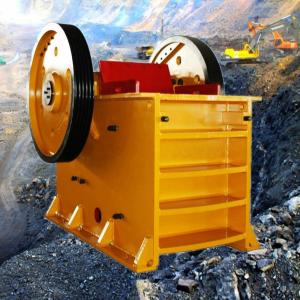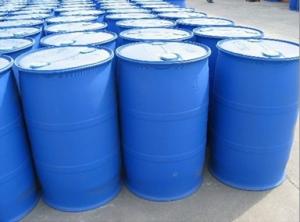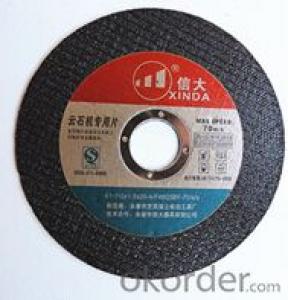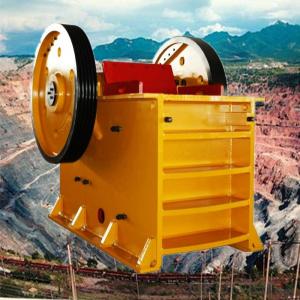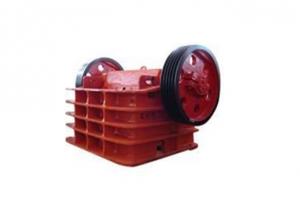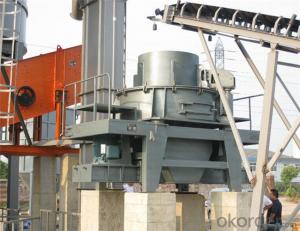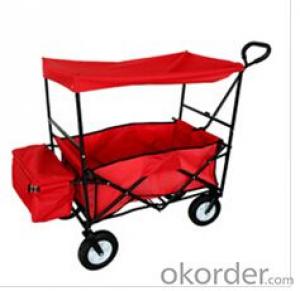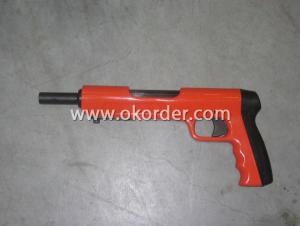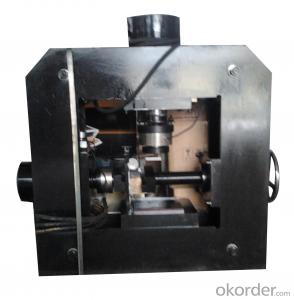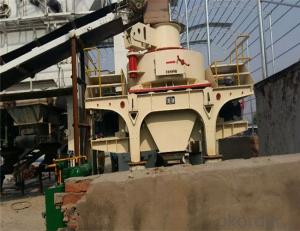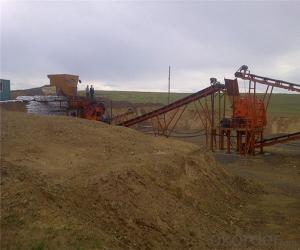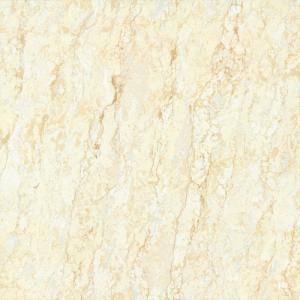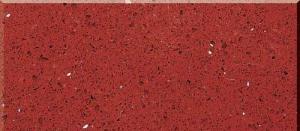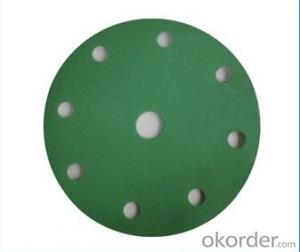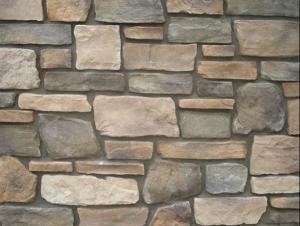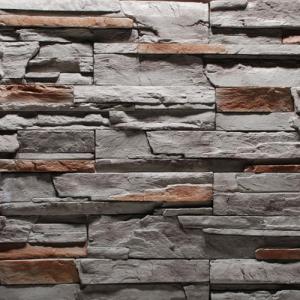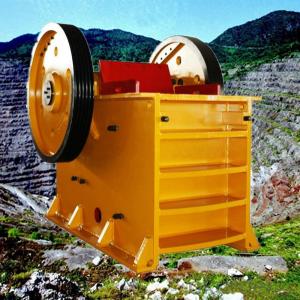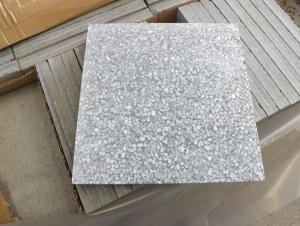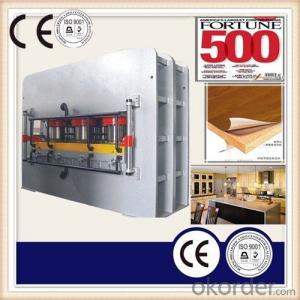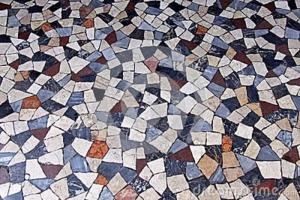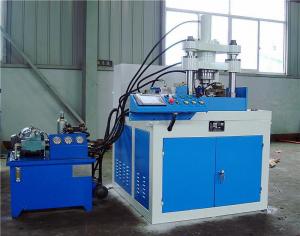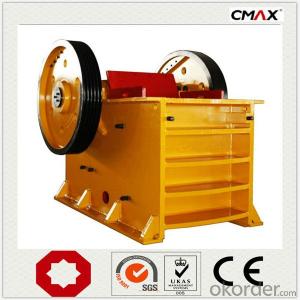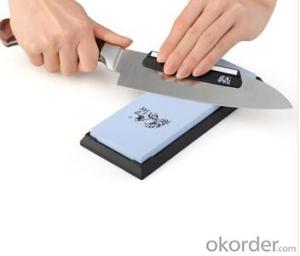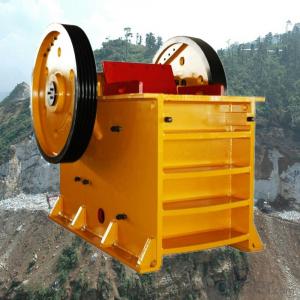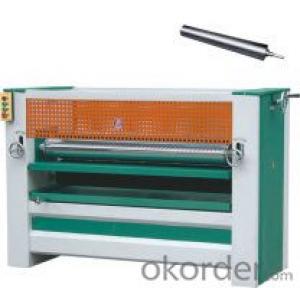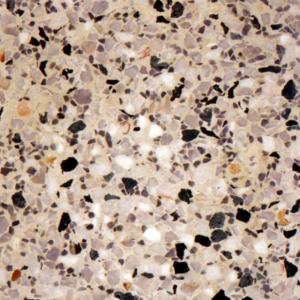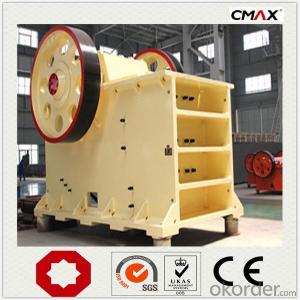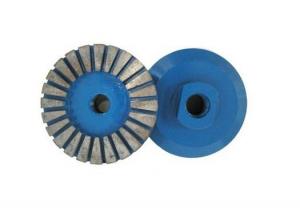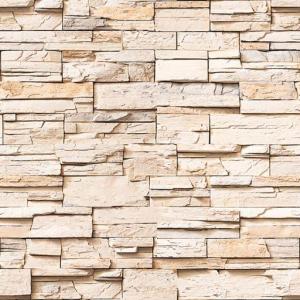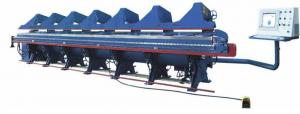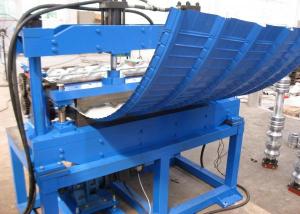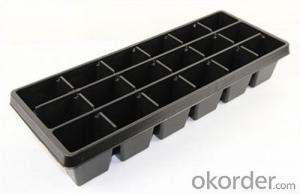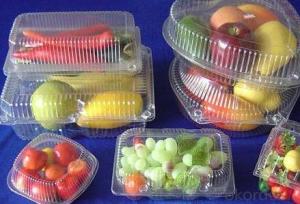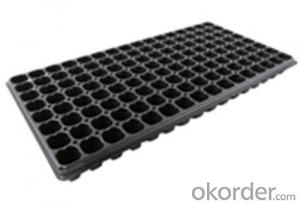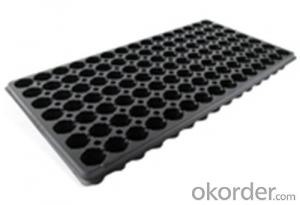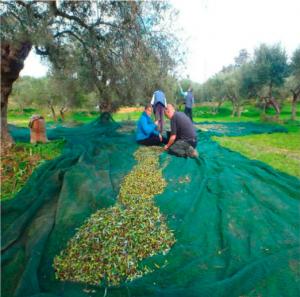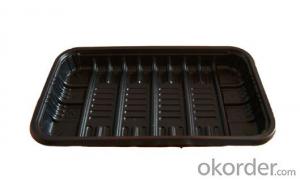Stone Carving Tools Australia
Stone Carving Tools Australia Related Searches
Electric Stone Carving Tools Pneumatic Stone Carving Tools Concrete Machine Tools Sanitary Ware Australia Polyurethane Panels Australia Faux Stone Skirting Panels Structural Insulated Panels Australia Grinding Tools For Metal Glass Grinding Equipment Metal Polishing Tools Concrete Pumping Sydney Concrete Grinding Equipment Stone And Brick Masonry Engineered Stone Countertops Grinding Abrasive Cutting Methylcellulose Australia Hand Held Sharpening Stone Port Polishing Tools Exterior Wall Cladding South Africa Pneumatic Polishing Tools Tools Needed For Grouting Buy Limestone For Carving German Woodworking Machines Diamond Surface Grinding Wheels Ball Bearings Perth Automatic Brick Machine Natural Stone Sculptures Electric Sharpening Stone Contemporary Stone Sculpture Mounted Point Grinding WheelsStone Carving Tools Australia Supplier & Manufacturer from China
Stone Carving Tools Australia offers a comprehensive range of tools designed specifically for the intricate art of stone carving. These tools are crafted from high-quality materials and are engineered to provide precision and durability, making them ideal for both professional sculptors and hobbyists alike. The product line includes a variety of chisels, hammers, and other essential equipment that cater to the diverse needs of stone carving enthusiasts.The application of Stone Carving Tools Australia spans across various usage scenarios, such as creating intricate sculptures, restoring historical monuments, and even personal projects like carving personalized garden stones or memorials. These tools are versatile and can be used on a wide range of stone types, from soft limestone to harder granite, ensuring that users can work on their projects with ease and confidence. Whether it's for artistic expression or practical applications, Stone Carving Tools Australia has the right tools to bring any vision to life.
Okorder.com is a reputable wholesale supplier of Stone Carving Tools Australia, boasting a large inventory that caters to the demands of the market. With a commitment to quality and customer satisfaction, Okorder.com ensures that each tool is thoroughly inspected and tested before being made available for purchase. This ensures that customers receive only the best products that meet their expectations and requirements. By offering a wide selection of Stone Carving Tools Australia at competitive prices, Okorder.com has become a go-to destination for those in search of reliable and efficient carving tools.
Hot Products
